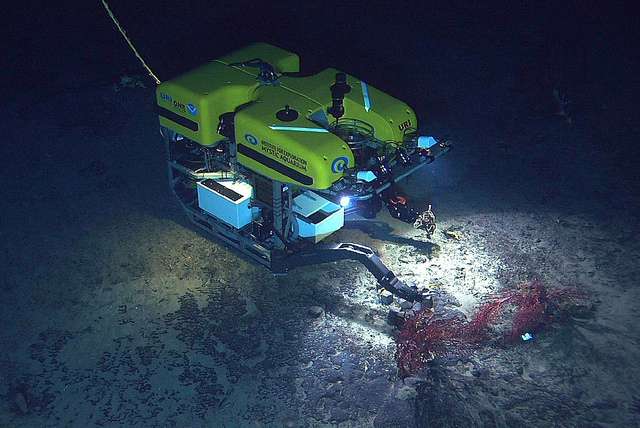New tech measures offshore infrastructure grounding issues

A remotely operated vehicle (ROV) device designed to measure friction between infrastructure and seabeds has opened the door for economical on-site testing.
The ROV has flat, pipe and chain-shaped tools that mimic the shape of offshore infrastructure and measures friction by recording the force required to drag the device along the seabed.
The drag force is measured using load cell transducers at either end of the device which pass signals up to a surface vessel to be recorded.
The result enables resource companies with offshore operations to perform tests that better represent their infrastructure at the seabed.
This is opposed to collecting soil samples, transporting them to a laboratory and performing conventional tests.
University of Western Australia Centre for Offshore Foundation Systems expert and co-developer Dr Samuel Stanier says disturbance can occur when you sample soil offshore, ship it back to shore and send it to a laboratory for sampling.
"When you disturb the sample, you can potentially change its properties," he says.
"As a result, what you measure in the lab isn't really what you're going to get on the seabed.
"It's likely better to do these measurements on the seabed."
Field testing needed to realise potential
Despite the device's future potential, the project won't be able to get up and running unless it receives in-field testing by offshore exploration companies and or operators.
"Companies currently have their own ways of getting this kind of data and when you come up with a new way the challenge is to demonstrate that your new method can provide either something new or something they already get in a more economical way," Dr Stanier says.
"The current work that was performed onshore has demonstrated that measurements derived using the device can be reliably interpreted to yield meaningful parameters for engineering design," he says.
"We're in the process of trying to find partners so we can test this device offshore for real field developments."
With increasing amounts of infrastructure being founded on the seabed, particularly for the Floating Liquefied Natural Gas (FLNG), the impact the devices may have on industry practice is promising.
"If seabed-infrastructure friction can be better measured and predicted there are a number of potential benefits," Dr Stanier says.
"For example, anchors on the end of mooring chains might be more moderately sized and pipeline instability remediation measures might be more sparingly used, leading to significant cost savings during future offshore developments."
More information: "A tool for ROV-based seabed friction measurement," Applied Ocean Research, Volume 50, March 2015, Pages 155-162, ISSN 0141-1187, dx.doi.org/10.1016/j.apor.2015.01.016
Provided by Science Network WA




















